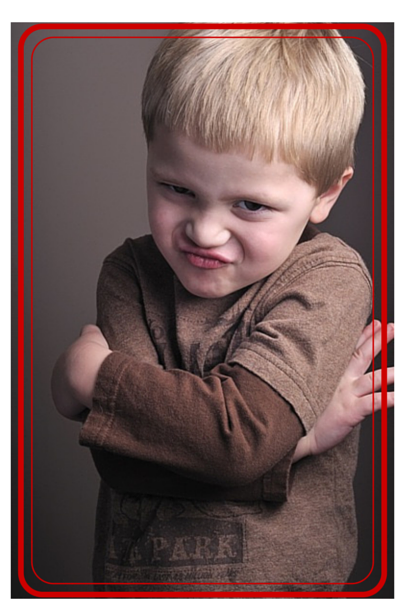 My child entered the world like a little angel: sweet, adorable, and innocent. What a shock it was when I had to start telling him, “No!”
My child entered the world like a little angel: sweet, adorable, and innocent. What a shock it was when I had to start telling him, “No!”
“No, don’t bite the breast that feeds you.”
“No, you shouldn’t put that thing in your mouth.”
“No, don’t lick the electrical outlet.”
Frankly, saying “no” gets tiring, doesn’t it? As it wears you down, you begin to see your child as a professional limit-tester, and yourself as the Wicked Witch of the West. You feel the relentless temptation to Just Say Yes.
But what happens when you give in?
- Your “No” loses power. Your child quickly realizes that you don’t really mean what you say. If he knows he can resist longer than you can, he’ll sense he’s won this battle and many more to come. He will scorn the need to ask permission; he’s going to get his way in the end, anyway.
- Your child loses a boundary. Think of your limits—those things you say “no” to—as the walls of your child’s emotional house. If the walls are always moving, your child will feel insecure, as if the roof could cave in at any moment. Remember that he is knocking on those walls to see if they’re solid. Hold those walls steady and he will eventually relax.
- You lose the opportunity to teach self-control. Your child will face many times in life when he will need to tell himself no. No to harmful addictions, no to irresponsibility, no to the attractive but dangerous girl on the corner… Helping him now to see “no” as a healthy and protective word will empower him to rely on its strength when he’s on his own someday.
“If we treat ‘no’ as something unworthy, how will our children ever learn to honor it themselves? How will they come to see it not as something ugly but as something that can be good and protective?”
– Betsy Hart, It Takes a Parent
Are you with me so far? Do you want to make your “no” strong and steady? Maybe these pointers will help you as they have me:
- Say “yes” every time you can. Set sensible limits, not stifling ones, and let your child explore all the possibilities inside them. When he’s older, he’ll learn that he may respectfully appeal your decisions, knowing you are a reasonable parent.
- Recognize the difference between defiance and dejection. Defiance means he’s still determined to disobey you, and you need to take no-nonsense action–NOW. Need ideas? Click here to read a great article on this very issue. On the other hand, if your child’s pout simply means he is disappointed that he didn’t get his way, show him you understand and are sorry that he feels bad. But in neither case should you change your “no” to “yes.”
- Let “no” mean “no” at home and in public. Don’t change your limits just because people are (or aren’t) watching. Once you have thoughtfully decided what your child’s limits should be, then stick to your guns–no matter where you are. Be consistent. That’s part of earning your child’s trust. Keep those walls in the same place all the time so your child knows what to expect. We’ll talk about when and how to expand his limits in another post.
- Deliver consequences immediately, firmly, and predictably. Calmly enforcing your limits tells your child you are serious about being obeyed—the first time you speak.
We all get weary in the battle to hold our ground against our beloved little limit-testers. If you’re looking for some more ideas to strengthen your parenting skills in this area, stop by Choices. Ask to see one of our Earn While You Learn DVD lesson series like:
• Positive Discipline without Shaking, Spanking or Shouting
• Discipline: Teaching Limits with Love
• 1-2-3 Magic
What are some of the challenges you’ve faced in setting limits for your child? Send us your comments below. We’d love to help you on this journey with your precious child. You both matter to us!
